
元件化是Angular的核心概念,所以元件通訊的使用就比較多而且很重要。
#父子元件通訊官方傳送門:
##https://angular.io/guide/component-interaction https://angular.cn/guide/component- interaction 相關教學推薦:《angular教學》
關鍵字Input Output EventEmitter ViewChild
1、父元件傳遞資料給子元件【Input】 #綁定屬性的方式
#父元件:
// 子元件需要使用Input接收
{{name}}
@Input() public name:string = '';
2、子元件向父元件傳遞資料【Output EventEmitter】
#子元件:
@Output() public readonly childEmit: EventEmitter= new EventEmitter (); this.childEmit.emit(data);
父元件:
public getData(data:T): void { }
因為我覺得這個方法既可以讓父元件取得子元件的數據,又可以讓父元件給子元件設定變數值等,所以我這裡單獨分了出來。
父元件:
@ViewChild('child', { static: true }) public child!: ElementRef; public print():void{ if(this.child){ // 这里得到child,可以使用child中的所有的public属性方法 this.child.print('hello2'); } }
【範例】
// 父组件 import { Component } from '@angular/core'; @Component({ selector: 'app-parent', template: ` ; public childClick(bool:Boolean):void{ // TODO } public print():void{ if(this.child){ this.child.print('hello2'); } } } /*****************************************************/ // 子组件 import { Component, Input, Output, EventEmitter } from '@angular/core'; @Component({ selector: 'app-child', template: ` {{name}}
` }) export class HeroChildComponent { @Input() public name: string; @Output() public readonly childEmit: EventEmitter = new EventEmitter(); public myClick():void{ this.childEmit.emit(true); } public print(content:string):void{ console.log(content); } }
1、Service單例模式,其實就是一個變量,需要雙向觸發(發送訊息/ 接收訊息),而設定和取得資料都需要元件自己去處理。 service.ts
import { Component, Injectable, EventEmitter } from '@angular/core'; @Injectable() export class myService { public info: string = ''; }
import { Service1 } from '../../service/service1.service'; ... public constructor( public service: Service1, ) { } public changeInfo():void { this.service.info = this.service.info + '1234'; } ...
import { Service2 } from '../../service/service2.service'; ... public constructor( public service: Service2, ) { } public showInfo() { console.log(this.service.info); } ...
// Service import { BehaviorSubject } from 'rxjs'; ... public messageSource = new BehaviorSubject('Start'); public changeMessage(message: string): void { this.messageSource.next(message); } public getMessageSource(): Observable { return this.messageSource.asObservable(); } ///////////////////////// // 发布 ... this.messageService.changeMessage('message change'); ///////////////////////// public // 订阅 (记得根据需要选择是否取消订阅 unsubscribe) this.messageService.getMessageSource().subscribe(m => { console.log(m); })
AsyncSubject
以上是5種Angular中組件通訊的方法介紹的詳細內容。更多資訊請關注PHP中文網其他相關文章!
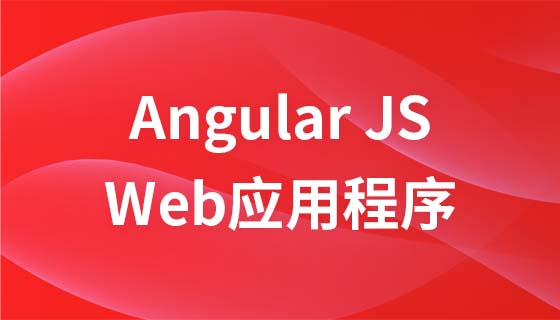

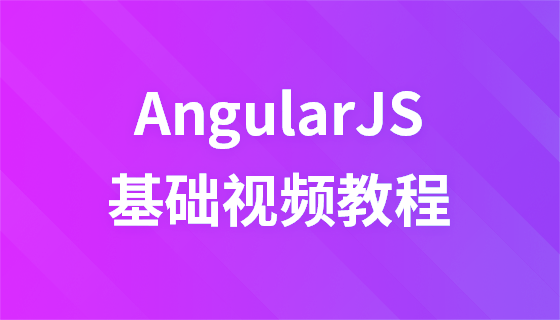
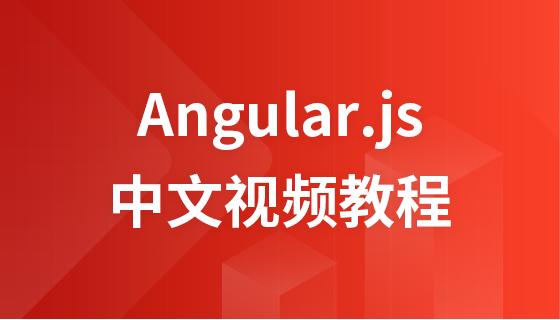
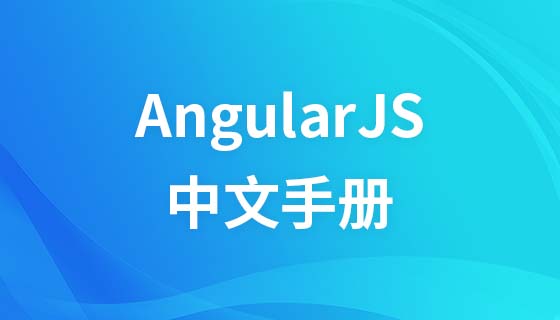
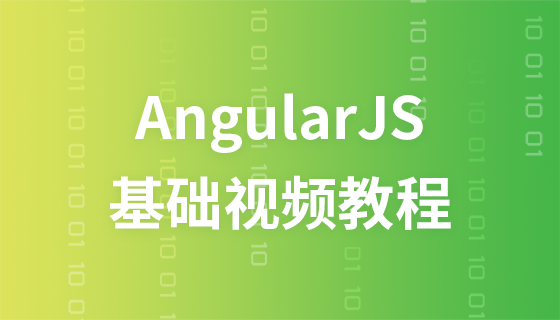
| 元件2 從service 取得資訊 | 2、Subject(發布訂閱) | 真正的發布訂閱模式,當資料改變時,訂閱者也能得到回應,這裡只舉了BehaviorSubject的例子 | 四種主題Subject對比|
|---|---|---|---|
| rxjs subject | 是否儲存資料 | 是否需要初始值 | 何時向訂閱者發布資料 |
| Subject | ##否 | ||
| BehaviorSubject | 是。儲存最後一條資料或初始值 | 是 | |
| ReplaySubject | 是。儲存所有資料 | 否 |